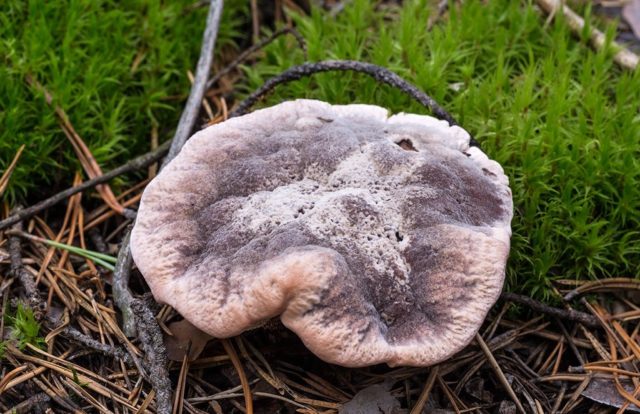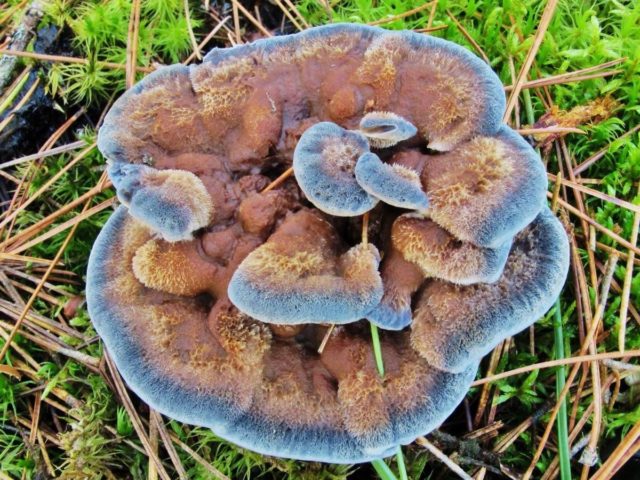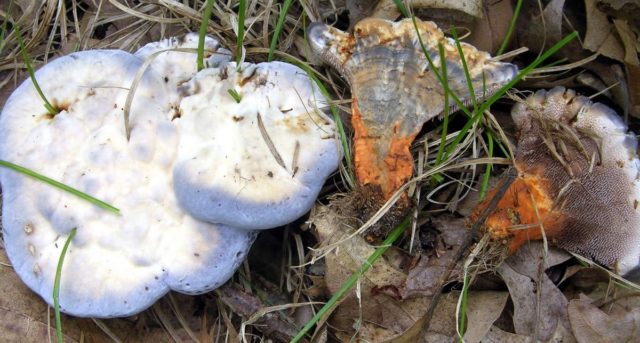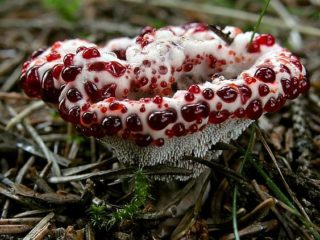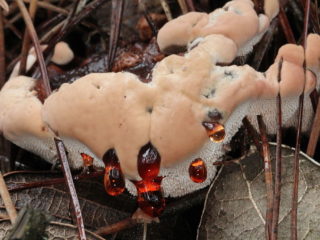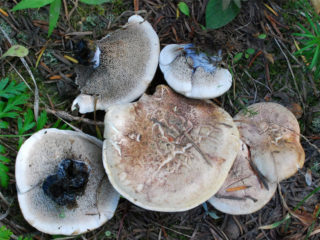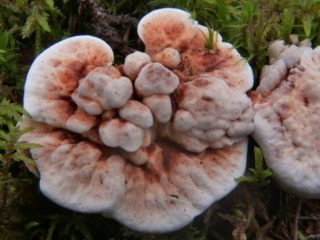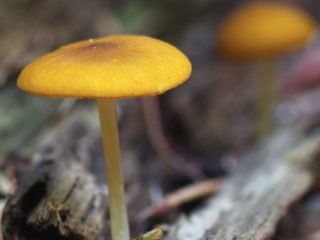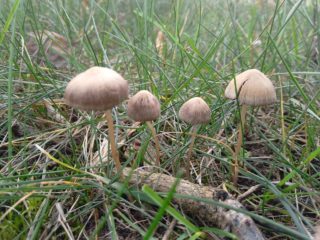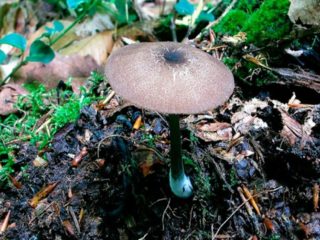Content
Mushrooms of the Bunkerov family belong to saprotrophs. They accelerate the decomposition of plant remains and feed on them. Hydnellum blue (Hydnellum caeruleum) is one of the representatives of this family, choosing places closer to the pines for growth.
What does hydnellum blue look like?
The fruiting body can reach a height of 12 cm. And the cap grows up to 20 cm in diameter. Its surface is uneven, with pits and bumps. The color of young mushrooms is light blue in the center, along the edges - deep blue. Over time, the surface darkens, acquires a brown, gray, earthy hue. When you touch the hat, you can feel its velvety. The lower part is covered with spines 5-6 mm long. This is where the hymenophore is located, where the spores mature. The people call the mushroom a hedgehog.
The thorns smoothly pass to the short stem, giving it a velvety appearance. Its height is 5 cm. It is darker than the cap, brown in color and goes deep into the ground or moss.
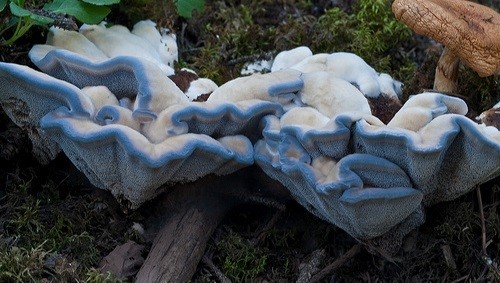
The young specimen looks like a small white cloud with a blue border.
Where does gidnellum blue grow
This species is found in the pine forests of northern European countries and northern Russia in summer and early autumn. It settles one by one on soils that are poor in nutrients, next to white moss, does not like overly fertilized lands. So, in Holland, due to the oversaturation of the soil with nitrogen and sulfur, there are very few of these mushrooms left. Collecting it is prohibited here. The specimen is listed in the Red Book of the Novosibirsk Region.
Is it possible to eat gidnellum blue
This fruiting body is inedible, but used for economic purposes. Its pulp is dense, woody in adult mushrooms, without any smell. Previously, they were collected and prepared from the pulp to paint fabrics. Depending on the concentration, it gave from gray to deep blue. The coloring properties of the species were actively used by Dutch manufactories.
Similar species
There are few similar mushrooms. Among them:
- Hydnellum rusty, which has the same uneven surface of the cap, at first light gray, then dark brown, rusty. It is a small mushroom up to 10 cm high growing in pine forests. The leg can be completely buried in moss or spruce bedding. Hericium rusty acquires a rusty hue with age.
- Hydnellum odorous It is also difficult to distinguish from the blue hedgehog: the same convex-concave tuberous surface and a hymenophore with blue spines on the lower part of the cap. But the leg has the shape of a cone, and the pulp gives off an unpleasant, repulsive smell. Red drops are sometimes visible on the surface, escaping from the pulp. The surface of odorous hydnellum is wavy, uneven.
- Hydnellum Peka found in Australia, North America and Europe. The velvety surface resembles a light cake sprinkled with drops of red syrup. The pulp is firm, similar to a bluish-brown cork. Has a pungent odor. But insects love him, the fungus takes advantage of this, feeding on their secretions. Peck's Hericium has antibacterial properties.
Conclusion
Gidnellum blue is a rather rare mushroom. It is listed in the Red Data Books of many European countries, since in the Middle Ages it was used for economic needs - for dyeing fabrics in factories. Now the copy is not of interest to the mushroom picker.
